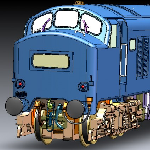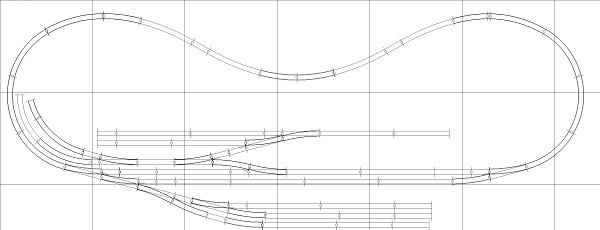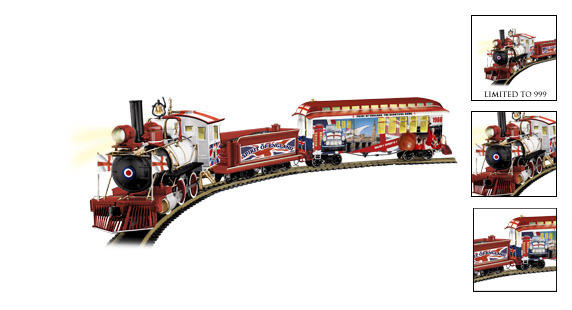Reading West is a major freight hotspot. This place sees an enormous volume of freight traffic since it sits at the intersection of two major freight routes, a short stretch of track where east-west and north-south traffic shares the same track. Unfortunately, as this picture shows, it’s an awkward place for photography with trees lining both sides.
Here’s one of Mendip Rail’s small fleet of class 59s with a loaded train of aggregates from the the quarries in Mendips suplying the insatiable demand of the London construction industry.
The “Basingstoke Rattler” in the shape of a three-car class 150 Sprinter. The two units used on this service are unique to the line; they’re the two pre-production prototypes for the successful Sprinter family of trains, and are the only two build as three-car trains with a non-driving centre vehicle.
The biggest traffic flow through Reading West is container traffic to and from the port of Southampton. Here’s Freightliner’s 66587 coming off the avoiding line with a southbound train of boxes.
We move west to the small town of Hungerford, where a westbound express hurries through the station. These Inter-City 125s, now well over 30 years old are still the mainstay of First Great Western’s longer-distance services. In recent years they’ve even been expanding their fleet, taking on surplus trains from other operators. These are still the best trains British Rail ever built.
DB Schenker’s 59202, painted in Traffic Red passes Hungerford with a rake of “Megabox” opens. An American-built locomotive wearing the livery of Germany’s state-owned railway. What is the world coming to?









 Dave Jones, formerly frontman of Dapol (Well, “Product Development Manager” was his offical title) has announced his new solo project, with
Dave Jones, formerly frontman of Dapol (Well, “Product Development Manager” was his offical title) has announced his new solo project, with 

